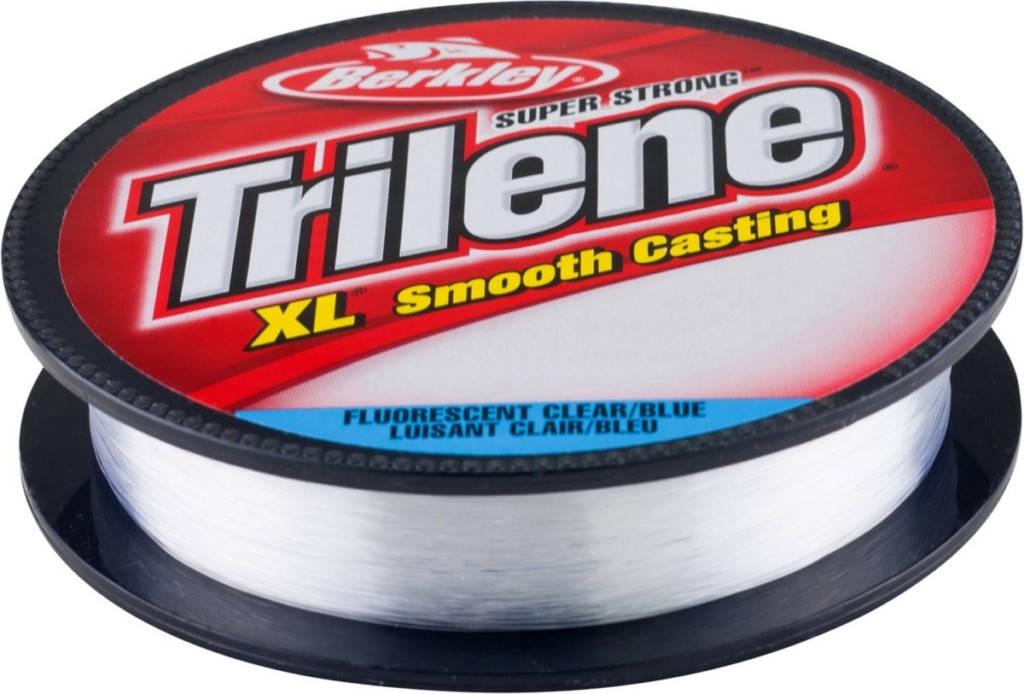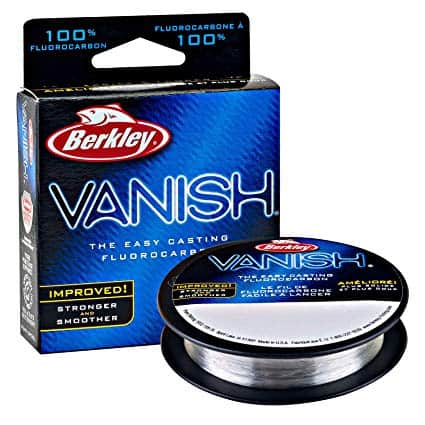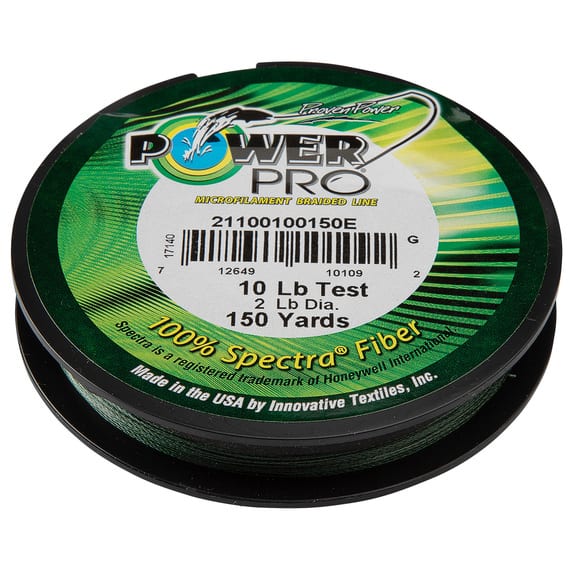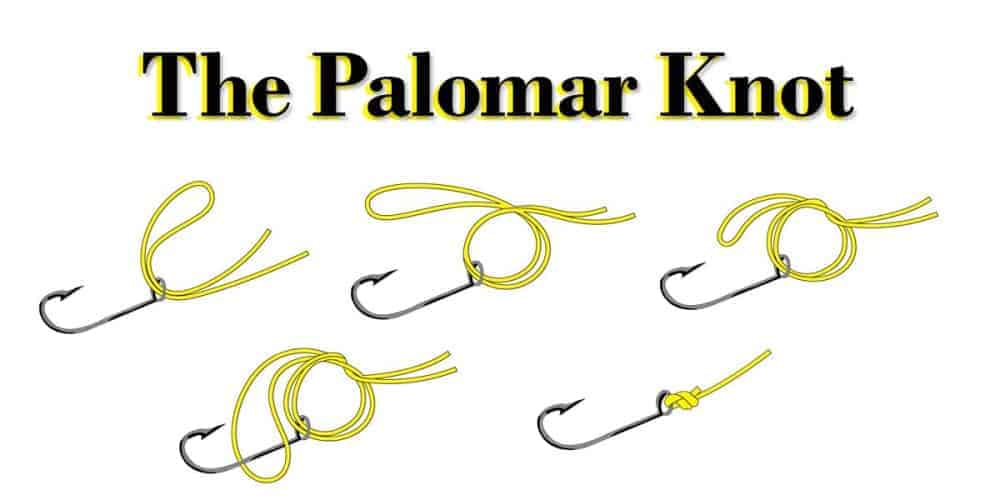
I was at my local fishing shop looking for a fishing line to spool my reel when I noticed all the different choices. Monofilament. Braid. Fluorocarbon. Which one to choose? I found the nearest employee at the shop and asked if he knew the answer to my question.
What kind of fishing line do I need for Kayak fishing?
Monfilament, Fluorocarbon or Braid would all work for kayak fishing, what is most important is having the right WEIGHT line to do the job. With kayak fishing you can use lighter weight line because the kayak acts as drag, putting less pressure on the line.
That said, the fisherman is still left with three types of fishing line to choose from. With any profession you need the right tool to get the job done, it is no different when it comes to choosing a fishing line. Whether it be monofilament, fluorocarbon or braided line, Each one serves a particular purpose for a particular job.
The Difference Between Monofilament, Fluorocarbon and Braided Fishing Line
When any new fisherman sets out to gear up for their next fishing adventure, they always get hit with an array of choices when it comes to choosing a fishing line. You don’t want to just go and pick out the one with the coolest label. It’s important to have an idea of what you’ll be fishing for and how you plan on doing it.
But first, let’s break down the differences between the three types of line and then we’ll dive deeper with each.
| MONOFILAMENT | FLUOROCARBON | BRAIDED |
| More stretch | Virtually Invisible in Water | Little stretch, sensitive |
| Prone to Abrasion | Abrasion Resistant | Superior Strength |
| Best used as Mainline | Best used as a Leader | Cuts through seagrass and Seaweed |
| Good for trolling | Finesse fishing | Deep Water Fishing, trolling |
| Good for Big Game | Line Heavier than water | Poor knot retention |
Monofilament Fishing Line

Monofilament fishing line has been around forever, or at least since the dawn of plastics. It is constructed of a mixture of polymers that are heated until they become liquid, then poured through tiny holes that create the fishing line. Different diameter holes create different diameter lines. The polymer then cools and is wound onto a spool.
The types of chemicals used control the strength of the line, its memory and its resistance to abrasion.
Monofilament line is best known for its ability to stretch, making it a good line to use while trolling. Its ability to stretch makes it less likely that you will pull a hook out of the fishes mouth. However, the increased flexibility of the line make it less sensitive, so it will be a bit hard to feel a fish when it does take a nibble at your bait.
The monofilament line is the cheapest line on the market. Many anglers use monofilament line to act as backing to their spool, filling up most of the spool with monofilament line then switching to the more expensive braided or fluorocarbon line to top it off. This will cut the cost down when trying to get your gear together.
Fluorocarbon Line
Fluorocarbon Fishing line was once used exclusively by saltwater anglers but is now popular for almost any fishing application. According to Berkely, a major manufacturer of the fishing line, fluorocarbon is made from the chemical compound polyvinylidene difluoride. It is extruded in a single strand similar to monofilament.

The unique chemical compound of fluorocarbon makes it almost invisible in water, making it the go-to line in clear water conditions or when targeting skittish fish. The line is also UV resistant and abrasion resistant, allowing it to be used in thickets or when dragging the line on the bottom.
Because the line tends to be a bit stiffer, most anglers use it as leader material. When using it to spool your whole reel, the line can tend to get a little wiry leading to a loose line on your reel.
Another thing to consider with the fluorocarbon line is that it sinks. The is a good thing if you are looking for more sensitivity, but if you are fishing over rocks or other obstacles where your line might get snagged, a sinking fishing line may not be the best thing for you.
Braided Fishing Line
Braided fishing line is the toughest of the bunch. It is made of Dyneema, a polyethylene that is 15 times stronger than steel by weight. Many individual strands are braided together to make this line almost indestructible.

Braided lines are best known for their sensitivity and strength to diameter ratio. They have little stretch which allows the angler to set the hook much easier into a fish. The superior strength to diameter ratio allows for a braided line that is 30lb test to have the same diameter as a monofilament that is a 6lb test. This allows for more line to be spooled onto a reel, making it perfect for deepwater fishing or getting away with lighter tackle. The thinner line also allows for farther casts because of less wind resistance from the smaller diameter line.
With all of the advances that braided line gives us, there have to be some drawbacks. Well, there are a few. The main problem with the braided line is that it is hard to tie knots with it. The best knot to use with braided line is the Palomar knot. Fisherman sometimes even add a drop of super glue to ensure the knots hold.
Braids are also highly visible in the water. To combat this problem, anglers may use a fluorocarbon or monofilament leader. However, this adds one more knot to the braided line, giving it that many more week spots.
How to Choose the Weight of your Fishing Line
Now we know the difference between the lines and when to use them, but how heavy of a weight of line should we use?
When you look at the packaging of a fishing line, you will notice it rated by “lb test.” This generally means the maximum weight of fish this line is rated to catch. Needless to say, the lighter the test of the line, the smaller the diameter.
Choosing the weight of a braided line is a bit different from the monofilament or fluorocarbon lines. Here you would want to double the test of the braided line with a related monofilament line. For example, if you are fishing with 10lb test monofilament line you would choose 20lb test braided line.
If you match the test of braided line with monofilament, the smaller diameter causes you to need to purchase more line to fill your reel as well as makes it almost impossible to tie knots in the almost microscopic line.
Below is a general chart to help you size the proper weight of your fishing line based upon fish size and conditions.
| BIG SALTWATER FISH | SMALL SALTWATER FISH | LARGE FRESHWATER FISH | SMALL FRESHWATER FISH |
| 40lb Mono, 80lb Braid, adjust leader, ie 40lb leader for yellowtail, 100lb for marlin | 20lb Mono, 40lb Braid, adjust leader | 30lb Braid with wire or mono leader | 8lb Fluorocarbon |
Know Your Knots
Depending on the type of line you use, knots will be very important. Because the braided line is unable to hold a knot very well it is vital that you use the right one. A Palomar knot is the best knot to use when tying with a braided line.

An improved clinch knot may be used, but be sure to wrap it seven times. You would also be wise to leave a little extra tail with knots in braided line. As an added measure, you can apply a drop of crazy glue to ensure the knots hold.
Another knot to include in your repertoire would be the improved Albright knot. It is the best knot for tying together a braided line with mono.
Monofilament and fluorocarbon tend to be a little more forgiving, so you can draw on a wider variety of knots to get the job done. But if there is one knot to remember, it’s the Palomar Knot. It really is a fisherman’s best friend.
